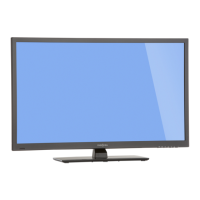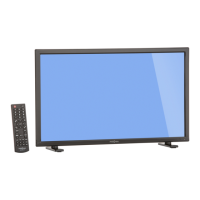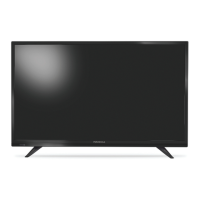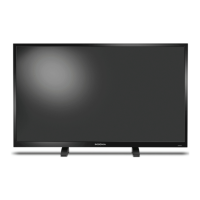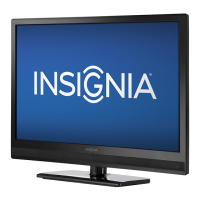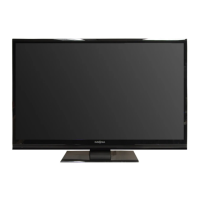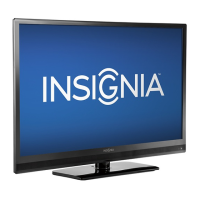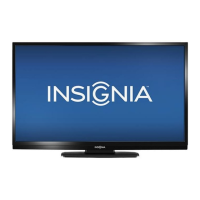Why is there good picture but no sound on my Insignia NS-32D311NA15?
- JJennifer EdwardsAug 14, 2025
If your Insignia TV has good picture but no sound, first, increase the volume and ensure the sound isn't muted. Also, check that headphones are disconnected, as they disable the TV speakers. If you're using a home theater system or sound bar, verify it's on, not muted, and properly connected. For digital optical cables, set the Digital Audio/SPDIF option to PCM in the AUDIO menu. Ensure all audio cables and antenna/cable TV connections are secure. If using an antenna, check the digital channel signal strength. Faulty audio cables could also be the issue, so try a new set.
